
Homebuyers often see the kitchen as the heart of a home, so it must impress. Poor design choices or outdated features can turn interest into instant hesitation. What seems charming to one person might be a dealbreaker to another. These 25 common kitchen features consistently push buyers away, leaving properties harder to sell.
Outdated Appliances
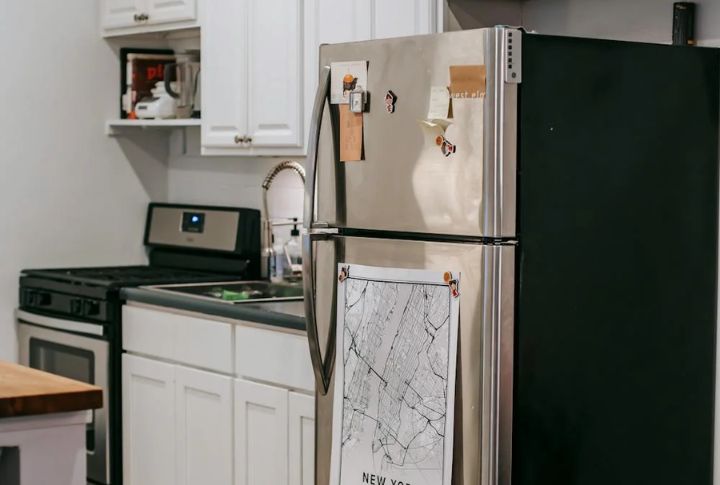
Mismatched or aging appliances instantly signal a neglected kitchen. Rather than seeing charm, buyers often see replacement costs and inefficiency. Today’s home shoppers expect sleek, energy-efficient models that match in style and finish. The presence of outdated equipment can overshadow other upgrades and drastically reduce a kitchen’s perceived value and appeal.
Poor Lighting
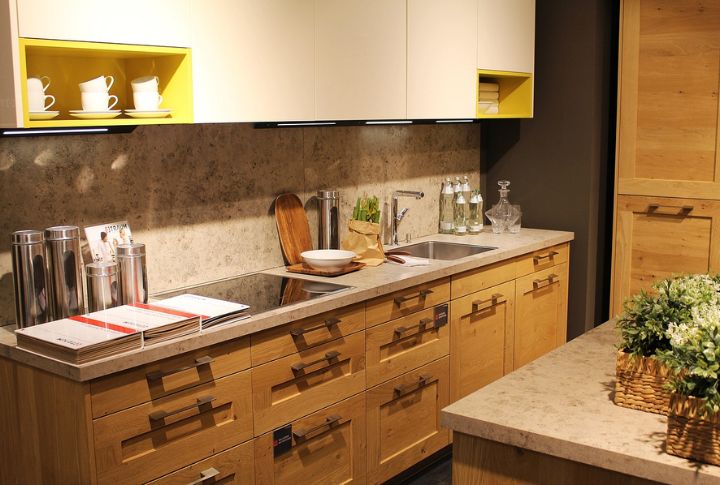
Dim or outdated lighting can drain the life from even a well-designed kitchen. Without proper illumination, daily tasks like chopping or cleaning become difficult. Poor lighting also makes the space feel smaller and less inviting. Buyers tend to prioritize natural light or contemporary fixtures that brighten the room and enhance usability.
Closed Floor Plan
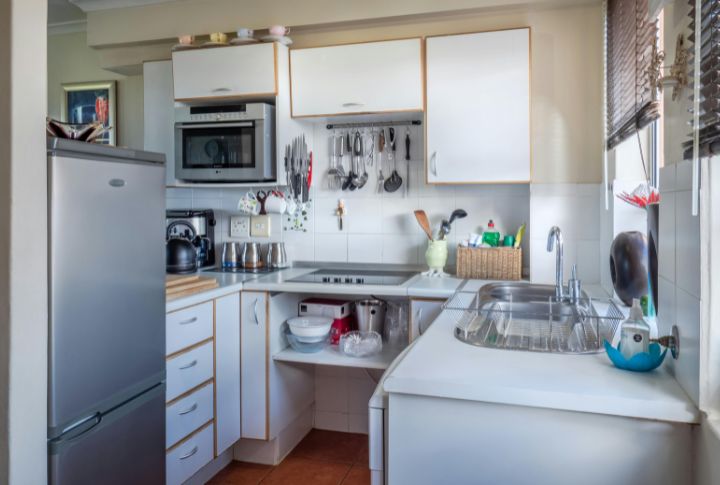
A walled-off kitchen creates separation when buyers increasingly want openness. Kitchens that feel boxed in lack the social connectivity many now crave. Open-concept layouts allow easier movement, better sightlines, and seamless interaction with family or guests. For modern buyers, a closed-off kitchen can feel limiting and outdated in design.
Lack Of Modern Amenities
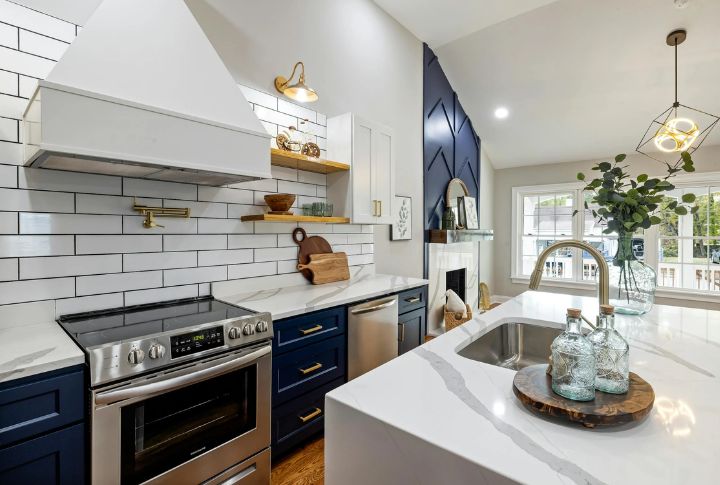
Missing essentials like a dishwasher or built-in microwave suggest an incomplete or outdated kitchen. In today’s fast-paced world, buyers want appliances that save time and effort. A lack of these conveniences can raise doubts about the kitchen’s functionality, making the space feel less accommodating for everyday routines.
Old Plumbing Fixtures
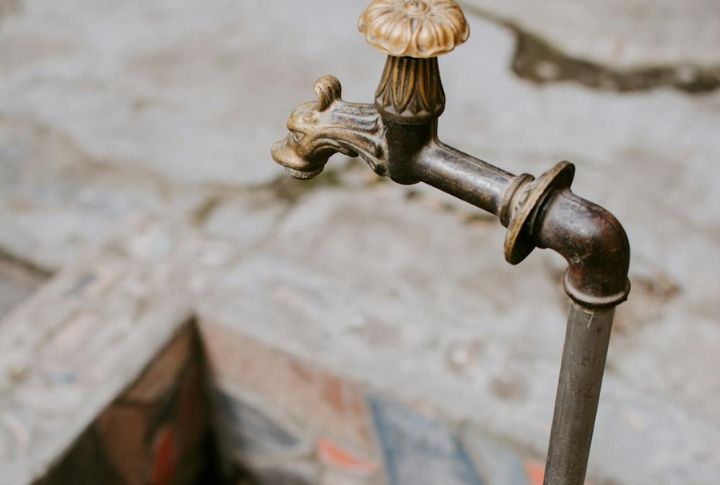
Outdated or tarnished faucets often raise red flags about hidden plumbing issues. Buyers may worry that old fixtures mean old pipes, and costly repairs down the line. Leaks, rust, or creaky valves don’t just look bad—they hint at deeper neglect. A refreshed faucet is a small upgrade with big impact.
Lack Of Counter Space
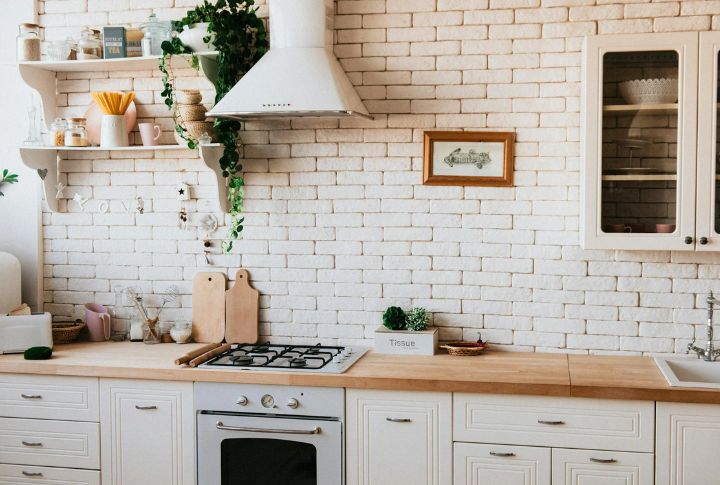
Minimal workspace quickly frustrates potential buyers who enjoy cooking or entertaining. If there’s no room to prep meals, place groceries, or use appliances, the kitchen feels restrictive. Even an otherwise updated space loses value when counter space is limited. Functionality is just as important as style to most buyers.
Outdated Countertops
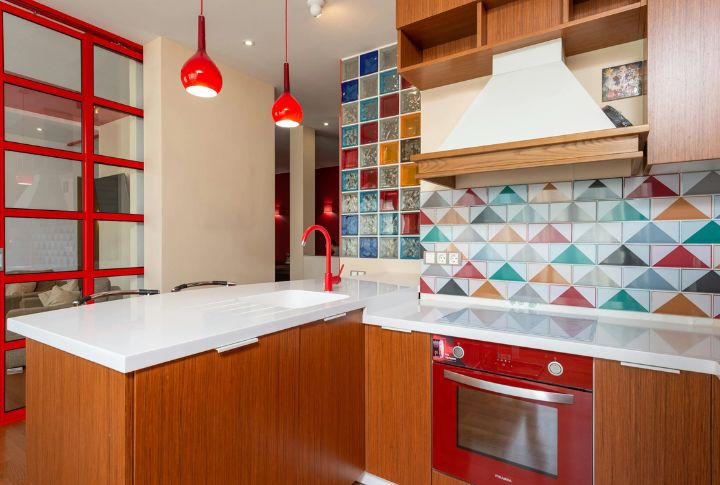
Worn laminate or tile countertops instantly date the kitchen and cheapen its look. Scratches, stains, or outdated colors make the space less desirable. Buyers are drawn to durable, upscale surfaces like granite, quartz, or butcher block. Replacing tired counters can significantly raise the perceived value of the entire kitchen.
Inefficient Layout

When the fridge, sink, and stove are awkwardly placed, the entire cooking experience suffers. An illogical flow makes prep work harder and less enjoyable. Buyers are quick to spot poor kitchen ergonomics, often translating them into future renovation costs. A smart layout is a foundational selling point for any kitchen.
Poor Quality Cabinets
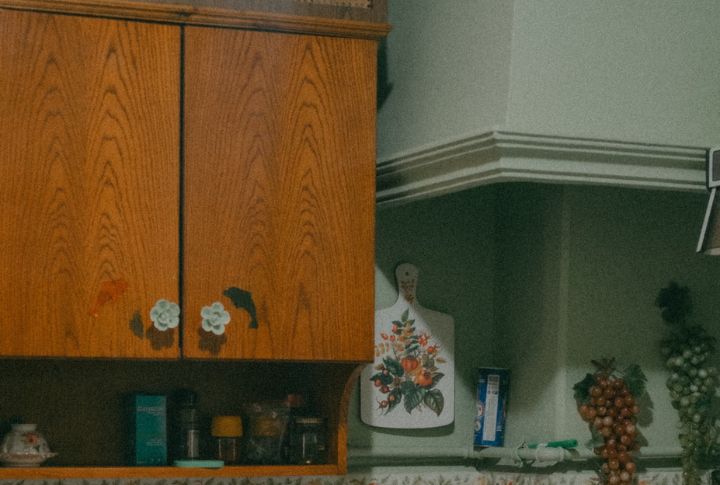
Thin cabinet doors, loose hinges, and cheap materials tell buyers that corners were cut. Even visually appealing kitchens lose value when the cabinetry feels flimsy. Uneven finishes, peeling paint, or warped panels suggest broader quality issues. For buyers, solid, well-crafted cabinets signal durability and thoughtful design.
Unattractive Backsplash

A loud or outdated backsplash can clash with the rest of the kitchen and dominate visually. Instead of offering a cohesive look, it may draw attention for the wrong reasons. Most buyers gravitate toward subtle designs that enhance the space without overpowering it. Harmony matters more than bold statements.
Outdated Color Scheme
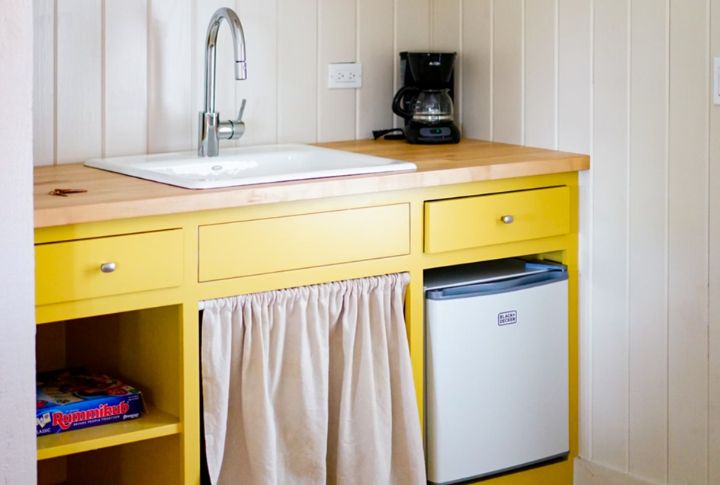
Mustard yellow, avocado green, or faded pastels instantly date a kitchen. These outdated color schemes can overshadow newer upgrades and make the space feel less modern. Buyers typically favor soft neutrals or crisp whites that allow them to visualize their own design ideas. Color plays a key role in first impressions.
No Pantry
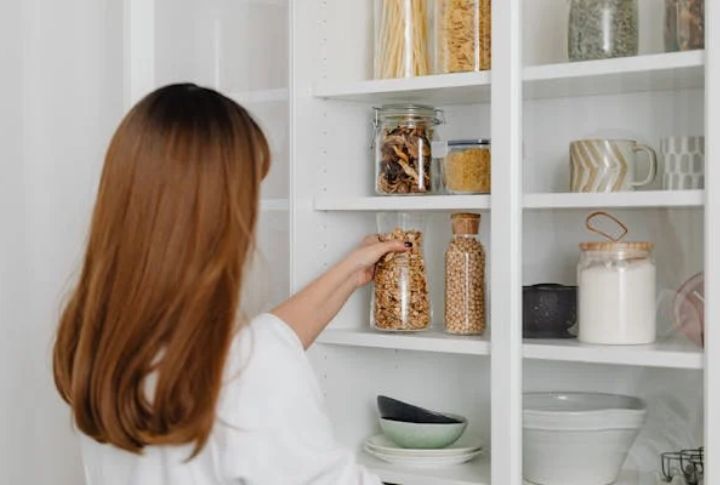
The absence of a pantry often signals limited storage and functionality. Buyers frequently expect dedicated space for dry goods and small appliances. In fact, a 2019 survey found that 69% of homebuyers preferred homes with a pantry. Without one, the kitchen may appear cluttered or insufficient for everyday family use.
Inadequate Electrical Outlets
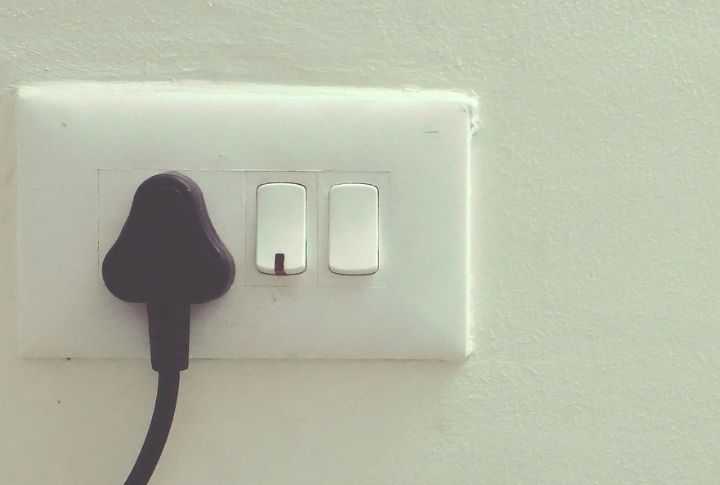
Too few outlets limit how many appliances can run simultaneously, frustrating everyday use. In modern kitchens filled with gadgets, this is a serious drawback. According to a 2020 survey, 70% of buyers ranked sufficient outlets as a key feature. Functionality must match modern demands—and wiring is often overlooked but critical
Low-Quality Flooring

Worn-out linoleum or cheap vinyl can make even the cleanest kitchen seem run-down. Buyers look for flooring that not only looks good but also lasts—such as tile, engineered wood, or hardwood. Inferior flooring raises concerns about durability and future upgrades. It’s one of the first things buyers see and feel.
Overly Personal Design Choices
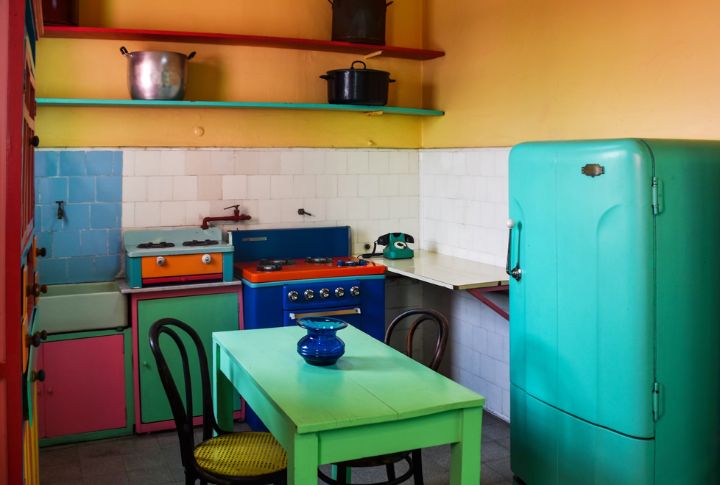
Whimsical cabinet knobs or brightly colored tiles may reflect personality—but not universal appeal. Bold statements in permanent features often turn buyers off. Most prefer a neutral canvas that allows them to project their own style. Over-customization can reduce a home’s marketability and increase perceived renovation costs.
Visible Clutter Or Poor Organization
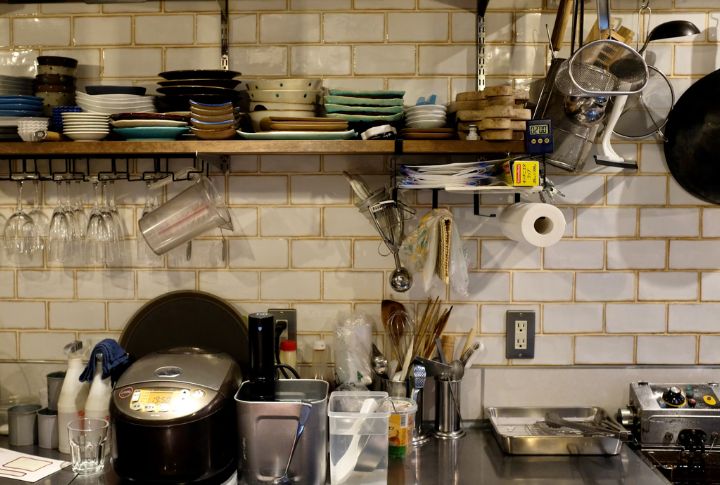
Overflowing countertops and crowded shelves make kitchens appear chaotic and undersized. A lack of storage or poor layout suggests the space isn’t functional. Buyers are drawn to clean, organized kitchens with designated spots for everything. Visual clutter makes it hard to imagine a fresh start in the home.
Outdated Range Hood Or No Hood At All
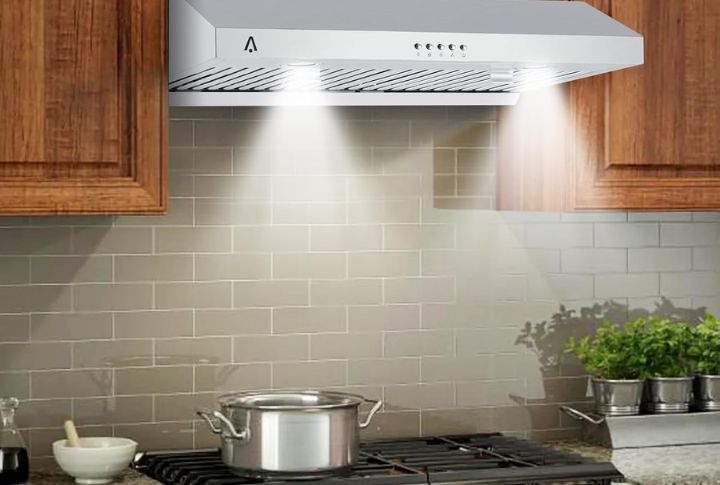
A kitchen without an effective range hood raises red flags about air quality. Noisy, bulky, or missing hoods fail to remove smoke, grease, and odors. Buyers expect sleek, functional models that integrate seamlessly with modern appliances. Ventilation is more than convenience—it’s a key part of livability.
Overhead Cabinets That Close Off the Room

Bulky upper cabinets can make small kitchens feel even more cramped. Buyers are increasingly drawn to open shelving or lighter cabinetry that opens up the space. Visual openness contributes to a modern feel and better airiness. Too many cabinets up high can block light and weigh the entire room down.
Lack Of Seating Options
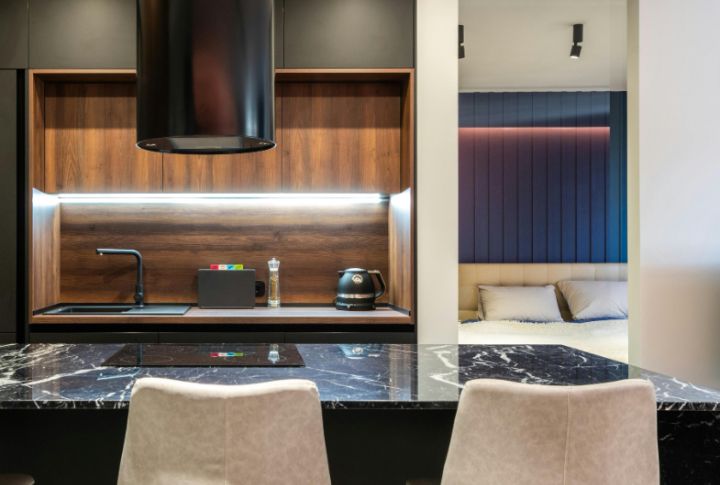
A kitchen without seating feels less inviting and less usable. Buyers often want casual spots for breakfast, chatting, or homework. Islands with stools, breakfast nooks, or built-in benches offer added versatility. Without seating, the kitchen feels more utilitarian and less like the heart of the home.
Too Many Upper Cabinets
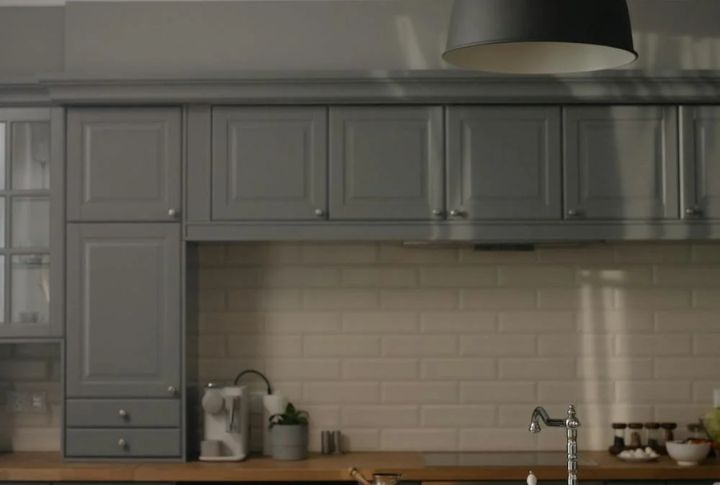
Walls lined with upper cabinets can feel oppressive, especially in tighter spaces. Today’s buyers favor a mix—some upper storage, open shelving, and airy design elements. Reducing cabinet bulk helps kitchens feel larger and more modern. Too much storage in the wrong place becomes a visual and spatial drawback.

